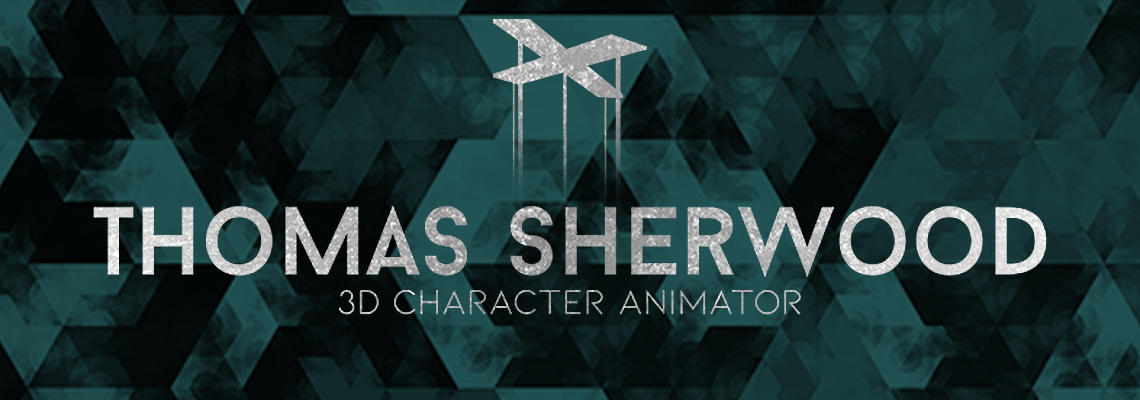Figure 1 - Scream (1996) - Movie Poster
Scream (1996) directed by Wes Craven is considered a post-modern movie, there are lots of reality breaking tropes which Craven has planted into the film to create a sense of realisation for what we are really watching, which is essentially a group of teenagers centralising their lives around the ideas of horror movies, inside a horror movie, there are levels to the characters which are ironic and non-traditional. The Characters constantly make references to horror movies, the villains/ monsters and the methods of which they kill. Casey played by Drew Barrymore spends the opening scenes talking to her killer on the phone about her favourite horror films, which in a way glorifies them, she talks about Freddy Kruger murdering people with knives, which is a grim spectre of her own fate.
Figure 2 - Scream (1996) - Adolescent group watching 'Halloween'
The shot above is set out like the 'Last Supper by Leonardo Di Vinci' there are only 11 people in the image, 2 of which have left to converse in the upstairs bedroom.
Randy played by Jamie Kennedy works in a movie store, a movie which features movies, there is already the idea of layers here, it begins to multiply when the character begins to run off the rules of Survival of a horror movie to his friends in his living room. There is a duality to his speech in this segment of the film. He mentions his first rule, which is "1# Don't have sex", the moment in which he says this it instantly cuts to the beginning of Sydney Prescott played by Neve Campbell and Billy Loomis played by Skeet Ulrich about to engage in love making for the first time; Randy then mentions whilst watching the horror film which his friends downstairs that there is going to be an "Obligatory breast scene" in the film like its a classic thing, this is cut straight to a tandem shot of Sydney taking her top off for Billy upstairs. Its important to realise that Craven is deliberately juxtaposing these noninflected shots to wake the audience up to the reality they are watching a horror film, he is saying 'these films which the group is watching are horror films, the exact same things are happening in the environment of the characters' this makes it all the more tense when we realise the characters are all asleep to the fact they are occupying a horror movie.
Another representation which depicts this idea of levels in film is depicted directly after the race to the climax begins, where the killer begins their spree in the house at the end. Again Randy is the man delivering the scene, he receives a call with the news of his school principle being found hanging from the 'Football' posts at the school to which the other guests rush off to go see. This leaves Randy alone in the living room watching 'Halloween' where the killer once again is a knife wielding maniac. Randy begins to speak to the actress on the screen, he shouts things like "he's right behind you!" and "just turn around!" at the moments this is going on, the scream killer is doing the exact same behind Randy in tandem with the film, it is as if he is talking to himself bringing his reaction in line with the ideas of post-modern reflection. This is then taken further by the News van operative watching the camera feed of the living room on a 30 second delay. The camera man comments exactly the same, but seemingly as he begins to realise its not a movie he is murdered, almost is if waking up to reality will bring out your fate.
Figure 3 - Scream (1996) - Billy and Stuart confronting Sydney
The killer for Scream is based on the idea of lots of different horror movies, when you find out the killer is in fact Psychotic duo Billy and Stuart played by Matthew Lillard they admit they have figured out how to commit the perfect clime where they frame the suspected father of Sydney, whose wife was raped and murdered a year ago to the day. Their characters are slightly crazy throughout the film and look very suspicious, traditionally suspicious people tend to be innocent, a trope used to in-bide an unreliable narration into film, however the sinister way they are perceived in shot turns out to be right on the money. It turned out the people we thought couldn't possibly be the bad guys, turn out to actually be the bad guys.
Illustrations:
Figure 1: Scream (1996) [Film Poster] - Wes Craven: Dimension Films,Woods Entertainment
Figure 2: Scream (1996) [Film] - Wes Craven: Dimension Films,Woods Entertainment
Figure 3: Scream (1996) [Film] - Wes Craven: Dimension Films,Woods Entertainment













































